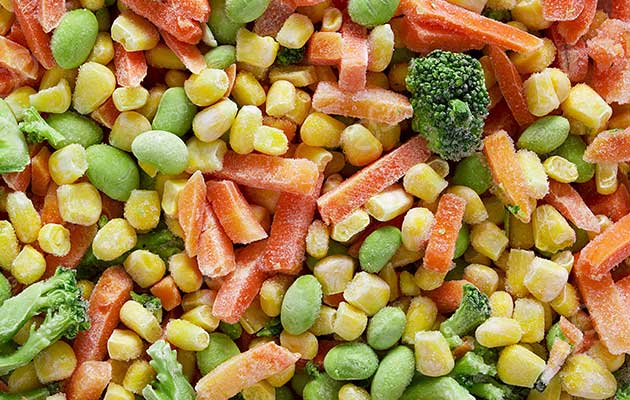In the fast-paced world of food production, ensuring the preservation of nutrients and flavors in fresh vegetables is a paramount concern. One innovative method that has gained prominence in recent years is flash freezing. This technique has revolutionized the way vegetables are preserved in factories, allowing for the creation of convenient and nutrition-packed frozen vegetables that retain their original quality. In this blog post, we’ll delve into the fascinating world of flash freezing, exploring the process, benefits, and its impact on the frozen vegetable industry.
Understanding Flash Freezing:
Flash freezing, also known as cryogenic freezing, is a rapid freezing process that involves lowering the temperature of food products to extremely low levels within a short period. In the case of fresh vegetables, this method is particularly effective in preserving the texture, color, and nutritional content of the produce.
Process:
Preparation:
Before the flash freezing process begins, the vegetables are carefully selected and washed to remove any dirt or contaminants. This ensures that only the highest quality produce makes its way into the frozen packages.
Blanching:
Many vegetables are blanched prior to freezing to deactivate enzymes that can cause deterioration over time. This step involves briefly immersing the vegetables in boiling water and then rapidly cooling them in an ice bath.
Flash Freezing:
The key step in the process is the actual frozen mix vegetable machine. The vegetables are exposed to ultra-low temperatures using liquid nitrogen or carbon dioxide. These cryogenic substances rapidly freeze the vegetables, forming ice crystals within the produce. The quick freezing helps to maintain the cellular structure and prevent the formation of large ice crystals, preserving the quality of the vegetables.

Packaging:
Once frozen, the vegetables are packaged in airtight containers or bags to prevent freezer burn and maintain freshness. Proper packaging also ensures that the vegetables are easy to handle and cook when the consumer is ready to use them.
Benefits of Flash Freezing:
Nutrient Retention:
Flash freezing locks in the nutrients of the vegetables at their peak freshness. Unlike traditional freezing methods, which can lead to nutrient degradation, flash freezing preserves the vitamins and minerals present in the produce.
Texture and Color Preservation:
The rapid freezing process helps to maintain the natural texture and vibrant color of the vegetables. This ensures that the frozen vegetables not only taste fresh but also look appealing when served.
Extended Shelf Life:
Flash freezing significantly extends the shelf life of vegetables by preventing the growth of bacteria and microorganisms that can lead to spoilage. This allows consumers to enjoy seasonal produce year-round.
Convenience:
Flash-frozen vegetables are convenient for both manufacturers and consumers. They can be stored for an extended period without sacrificing quality, and consumers can enjoy the benefits of nutritious vegetables without the need for extensive preparation.
Conclusion:
As consumers increasingly seek convenient yet nutritious food options, the flash freezing method stands out as a game-changer in the world of vegetable preservation. By combining technology with the art of preserving freshness, factory-crafted frozen vegetables offer a reliable and accessible solution for households around the globe. As we continue to explore innovative approaches in food production, it’s clear that flash freezing has earned its place as a cornerstone in the evolution of the frozen vegetable industry.
